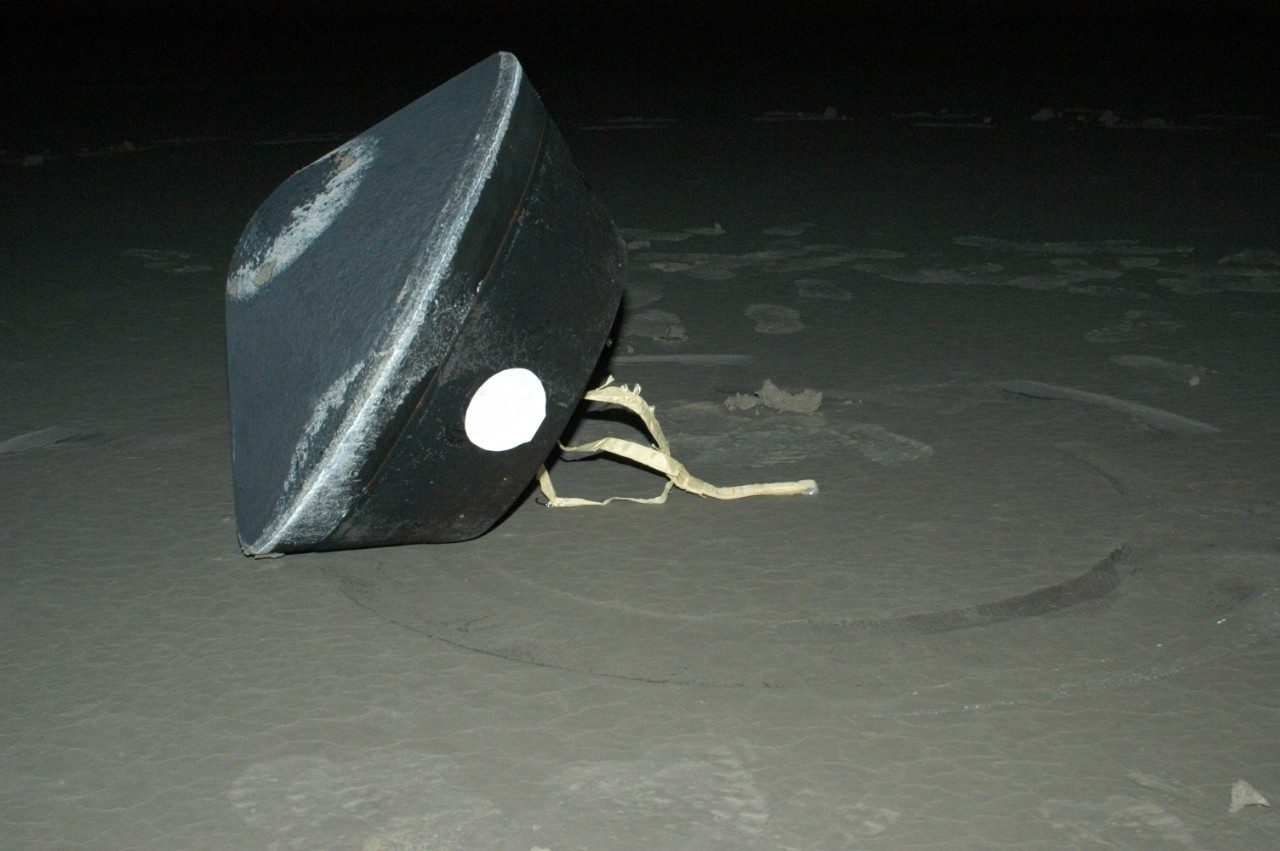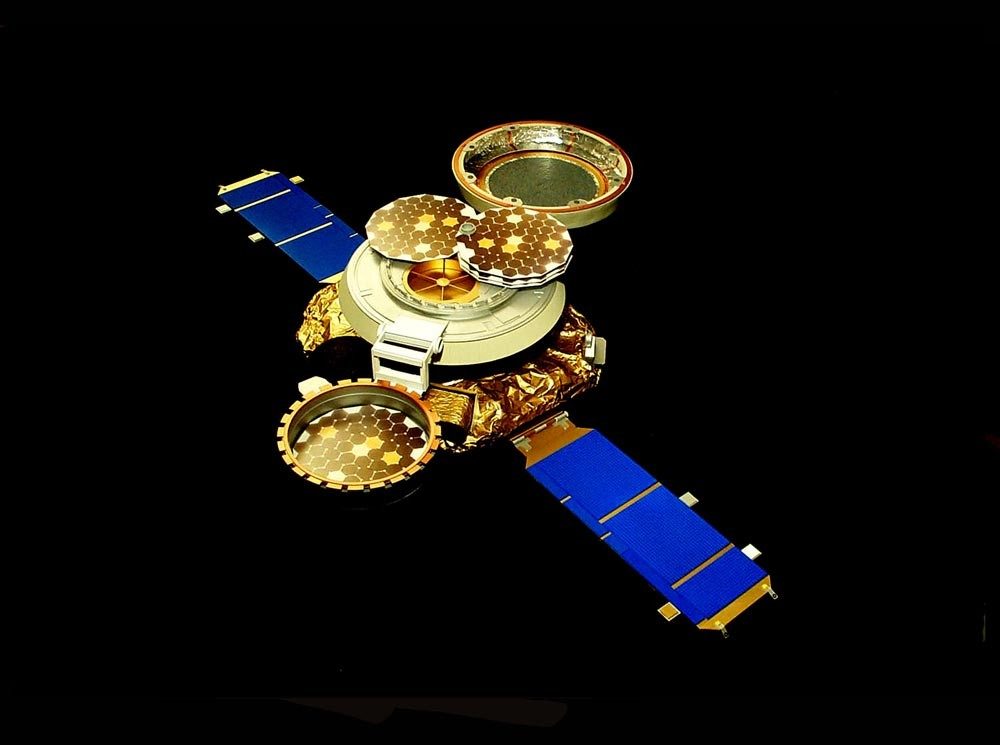How Do We Return Samples from Space?
Traveling to space is hard. Getting to deep space to gather samples of a celestial object is even harder. But the hardest part might just be getting those samples back to Earth unscathed after years of traveling, all while maintaining the integrity of the rocky specimen.
Later this year on Sept. 24, 2023, NASA’s OSIRIS-REx spacecraft will deliver samples collected from asteroid Bennu to Earth after a seven-year mission that has traveled over 4.4 billion miles. Bringing asteroid and other celestial samples to Earth is a complex and challenging endeavor that requires precise planning, advanced technologies, rehearsals and careful execution. “It’s a lot of testing and training,” said OSIRIS-REx program manager Sandra Freund.
“It’s a remarkable process that contributes to the greater understanding of our solar system.”
Learning from the Past
The OSIRIS-REx mission is not the first time cosmic materials have been brought to Earth. NASA’s two previous sample return missions, Genesis and Stardust, were built by Lockheed Martin and flown out of its Mission Support Area in Littleton, Colorado. They provided valuable insights and learning opportunities for both science and future sample collection missions.

The Stardust mission, launched on Feb. 7, 1999, was the first spacecraft to successfully collect samples from a comet and other extraterrestrial materials from beyond the Moon’s orbit. Stardust visited comet Wild 2, collecting materials from its trail, plus pieces of cosmic space dust. After almost seven years in deep space, its sample return capsule was released on Jan. 15, 2006, and returned to Earth following a flawless re-entry.
When OSIRIS-REx’s sample comes to Earth, the process and results will be similar. “We're leveraging the success of Stardust very heavily for OSIRIS-REx because it was so successful,” Freund said, “But it was also 17 years ago, so we have to use what we learned from that experience and translate it to 2023.”
While the success of Stardust will provide the OSIRIS-REx team assurance in their planning, the team also had to take lessons from unforeseen circumstances during other missions.

Image: NASA-JPL
NASA’s Genesis mission, which launched on Aug. 8, 2001, successfully captured solar wind particles and returned them to Earth on Sept. 8, 2004. Following the release of the sample return capsule, however, an off-nominal event occurred. “The deceleration sensor inside the capsule had been installed incorrectly, therefore the circuit to deploy the parachutes was not activated,” Freund said.
This caused the sample return capsule to experience a hard landing, rather than a mid-air recovery from a helicopter, which contaminated some – but not all – of the samples that Genesis had collected. New scientific findings still resulted from the mission.
“That was definitely on the forefront of the team’s minds, ensuring the design for OSIRIS-REx was correct.”
So, How Does it All Work?
Beyond engineering clever ways to collect samples, getting those safely through Earth’s atmosphere is a complex challenge with each of these missions. For OSIRIS-REx, it’s been cruising back to Earth after leaving asteroid Bennu on May 10, 2021. In the time between then and landing in September, the team has been performing a series of trajectory correction maneuvers as OSIRIS-REx gets closer to Earth. These adjustments to the spacecraft position it just right to ensure that the capsule is optimally aligned for re-entry.
Once the mission team has decided it’s safe to release the capsule in the early morning hours of Sept. 24, 2023, that’s when the real excitement begins!
That morning, the team will conduct it’s final “go, no-go” meeting, which includes representatives from Lockheed Martin, NASA, the Utah Test and Training Range (UTTR), the EDL team and the navigation team. “We fully expect that we'll be ‘go’ at that point, so we'll then head to console and send the “go” command to the spacecraft,” Freund said. “We will have a few indications that release was successful, but we also expect to hear a callout from the Space Force, saying they're tracking two objects moving apart,” she added.
Once the capsule is released, the OSIRIS-REx spacecraft will divert itself away from Earth and begin its journey to its next science destination.
A couple of hours later – it’s a fast and fiery 13 minutes for the sample return capsule.
The sample return capsule will hit the atmosphere while traveling upwards of 27,000 mph. As the capsule slows due to air resistance, it will heat up to over 5,000°F, or half as hot as the surface of the sun!
However, the sample inside will not experience this extreme heat, as special thermal materials developed by Lockheed Martin comprise the capsule exterior. A series of parachutes then deploy to further slow the capsule to about 10 mph for a soft landing in the Utah desert.
Once it’s safe to approach, a specialized recovery team led by Lockheed Martin will recover the capsule and begin the process of bringing OSIRIS-REx’s sample to NASA’s Johnson Space Center for analysis.
The Future of Sample Return
Lessons learned from all previous sample returns will be applied to future missions, including NASA’s Mars Sample Return (MSR) program, which will bring materials from the Red Planet to Earth for the first time. “Our Mars Sample Return teams are following along with what OSIRIS-REx is doing and drawing touchbacks where they can, even though the Mars process differs a bit.”
Even data from the hard landing of Genesis will be utilized, as MSR is intentionally designed to return without parachutes. “We always take our lessons learned: what went well, what we could have done better, and pass them along to the next team,” Freund said. “We’re all in this together.”




